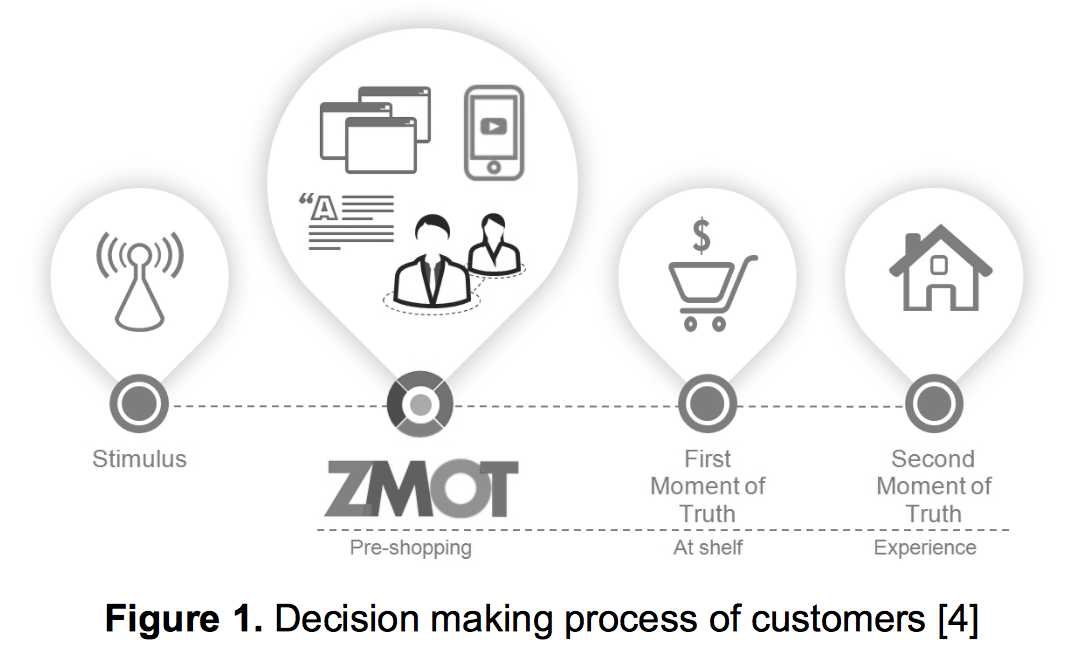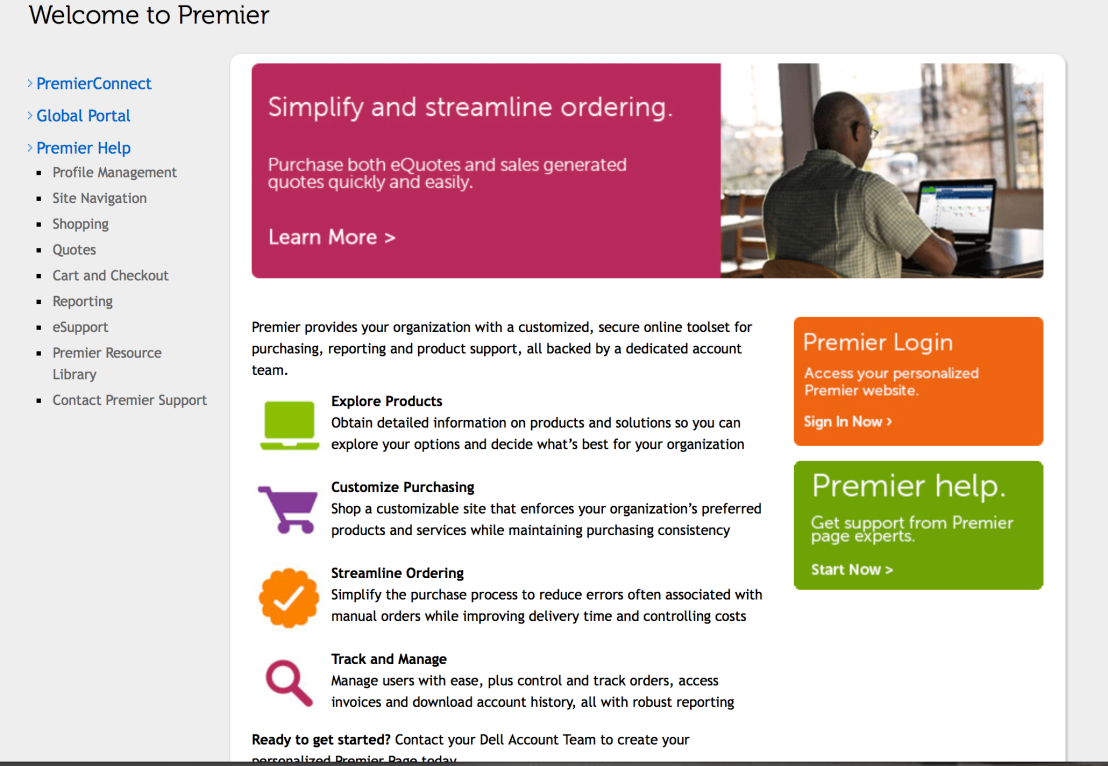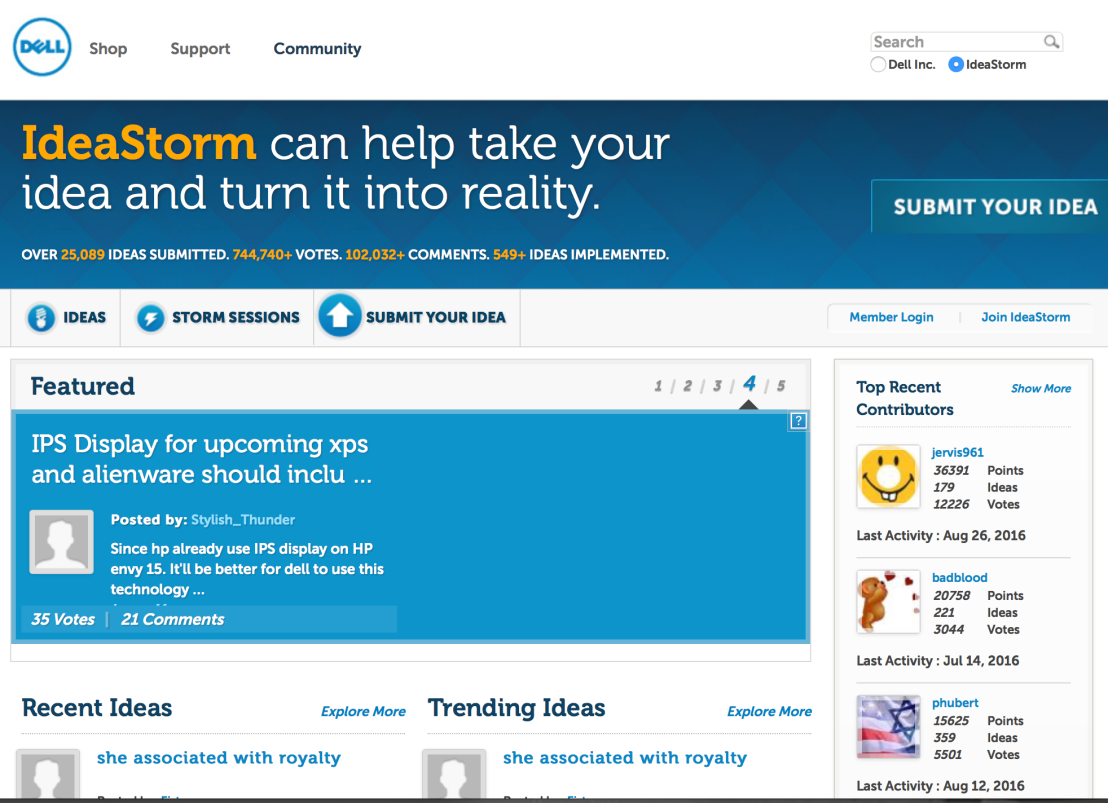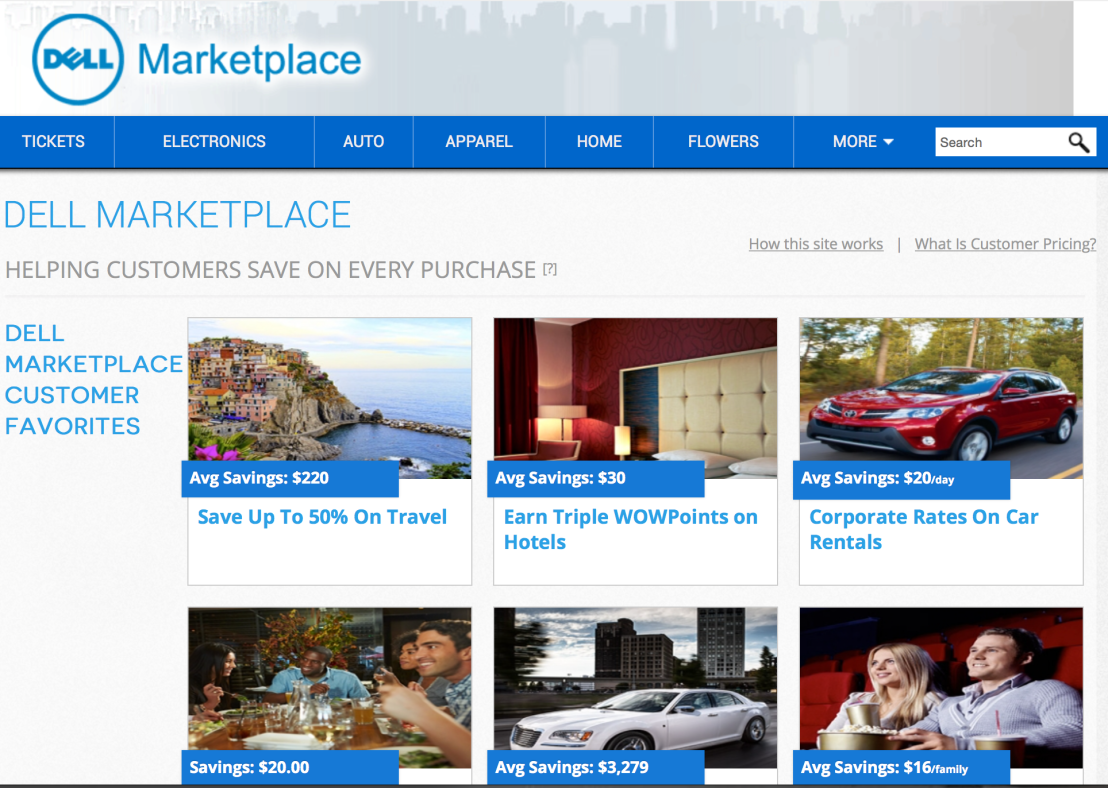Zero Moment of truth also know as ZMOT is defined as the “moment where marketing happens, and where consumers make choices that affect the success and failure of nearly every brand in the world”. (Aichner, 2012) The concept was inspired by the first moment of truth (FMOT), a term in marketing that describes the moment at the store shelf, when consumers make decision on brands.(Aichner, 2012) It was first introduced by google and describe the complete shift in the process consumers search for information online and make decision on brands. (Lecinski, 2014) According to google and their research it was visible that consumers are increasingly making decision at the Zero Moment – A precise time when consumers have a need, intent or question that they want an answer to. A brand that are able to answer these question at that precise moment scores a double win. (Lecinski, 2014)
More importantly it was put forth to illustrate the fact that there is a precise moment that aids to better consumer’s life and act as a catalyst to gain competitive advantage fro companies over their competitors. Thus, the concept is very crucial for brands of today’s day and age. Especially, with the development of the world wide web and expansion of its users, the Internet has become popular source of information which can be accessed faster in more convenient manner. (Łysik, 2014) the world wide web is the place where internet users are now deciding to make their purchase whether online of offline. (Łysik, 2014) Shopper nowadays go back and fourth at own discretion in multiples marketplaces and these “multichannel consumer’s decision making for product purchase comes from where they search, review ratings, styles, prices comments on social media before visiting a retailer.” (Dave, 62)
Therefore to achieve the ultimate exposure and drive greater sales through and from the internet, they need to know when and where the Zero moment occurs, how the decision making process of the consumers work and how it is triggered by product related concept such as purchase intention, product knowledge and product involvement. (Lecinski, 2014)
Although, it is known that consumers tend research product prior to purchasing it but up until now where they tend to look for it and why is unclear. (Łysik, 2014) However, due to the existense of internet that is far more easier to know than ever before. The concept aids organisation to know the answer to such question to better position themselves in the market.(Łysik, 2014) According to the figure below sits in between stimulus and first moment of truth, it is the pre shopping driver that lead to the first moment of truth which emerges from research stage. Judging for the is position to say the zero moment is the precise moment that incline one to purchase a particular product which is well portrayed in the follow figure. (Dave, 62)

Platform like social media is effective place to use ZMOT marketing concept. Through these channels consumer are able to share opinion and learn from each other’s experience with specific products. (Łysik, 2014) More likely consumers decision making is influenced by friends along with consumer reviews and expert opinions. (Łysik, 2014) Thus utilizing those opinion, reviews and recommendation brands can place themselves better in the market. (Łysik, 2014) Nonetheless their can create presence and reach potential clients faster by facilitating them with the answer they seek for when searching information regarding a product prior to its purchase.
References
Łysik, Ł., Kutera, R., & Machura, P. (2014). Zero Moment of Truth: a new Marketing Challenge in Mobile Consumer Communities. In ECSM2014-Proceedings of the European Conference on Social Media: ECSM 2014 (p. 294). Academic Conferences Limited.
Aichner, T. (2012). The Zero Moment of Truth in Mass Customization. International Journal of Industrial Engineering and Management, 3(4), 173-178.
Chicago
Moran, G., Muzellec, L., & Nolan, E. (2014). Consumer moments of truth in the digital context. Journal of Advertising Research, 54(2), 200-204.
Chicago
Dave, Chaffey,, Ellis-Chadwick, Fiona. Digital Marketing, 6th Edition. Pearson (Intl), 01/2016..
Lecinski, J. (2011). ZMOT. [Mountain View, Calif.]: Google.
Lecinski, J. (2014). ZMOT: Why It Matters Now More Than Ever. Think with Google. Retrieved 13 September 2016, from https://www.thinkwithgoogle.com/articles/zmot-why-it-matters-now-more-than-ever.html





